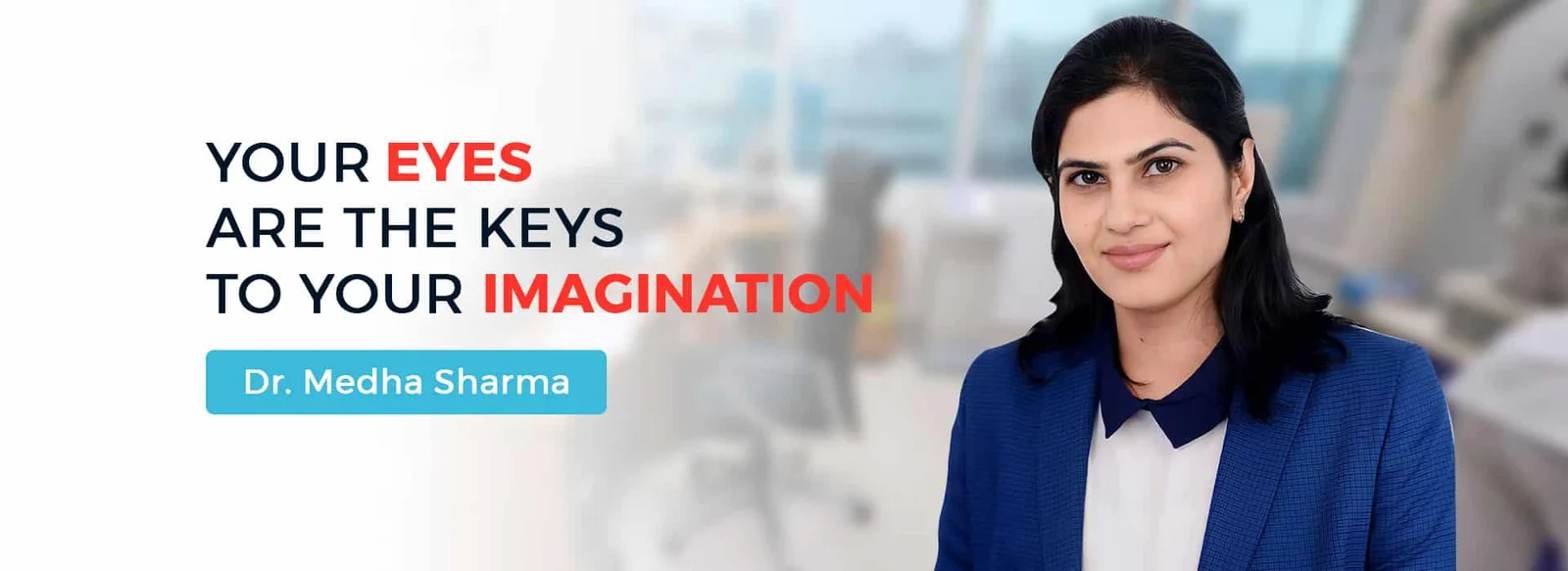


Trained at AIIMS, Delhi, and Harvard Medical School, ensuring world-class ophthalmic care.
Expert in treating squints, lazy eye, congenital cataracts, and corneal disorders.
Uses modern technology for precise and safe eye surgeries and treatments.
Combines medical research with personal care to deliver trusted, effective results.

Dr. Medha Sharma is an accomplished pediatric ophthalmologist with an extraordinary educational background. Dr. Sharma completed her ophthalmology training and fellowship in Cornea, Squint, and Neuro-Ophthalmology at the prestigious All India Institute of Medical Sciences (AIIMS) in Delhi, India. She further enhanced her expertise by completing a fellowship in Pediatric Ophthalmology and Strabismus at the world-renowned Harvard Medical School in Boston, USA..

Detailed vision and eye health assessment.

Tailored treatment plan based on individual needs.

Advanced care with regular progress monitoring.